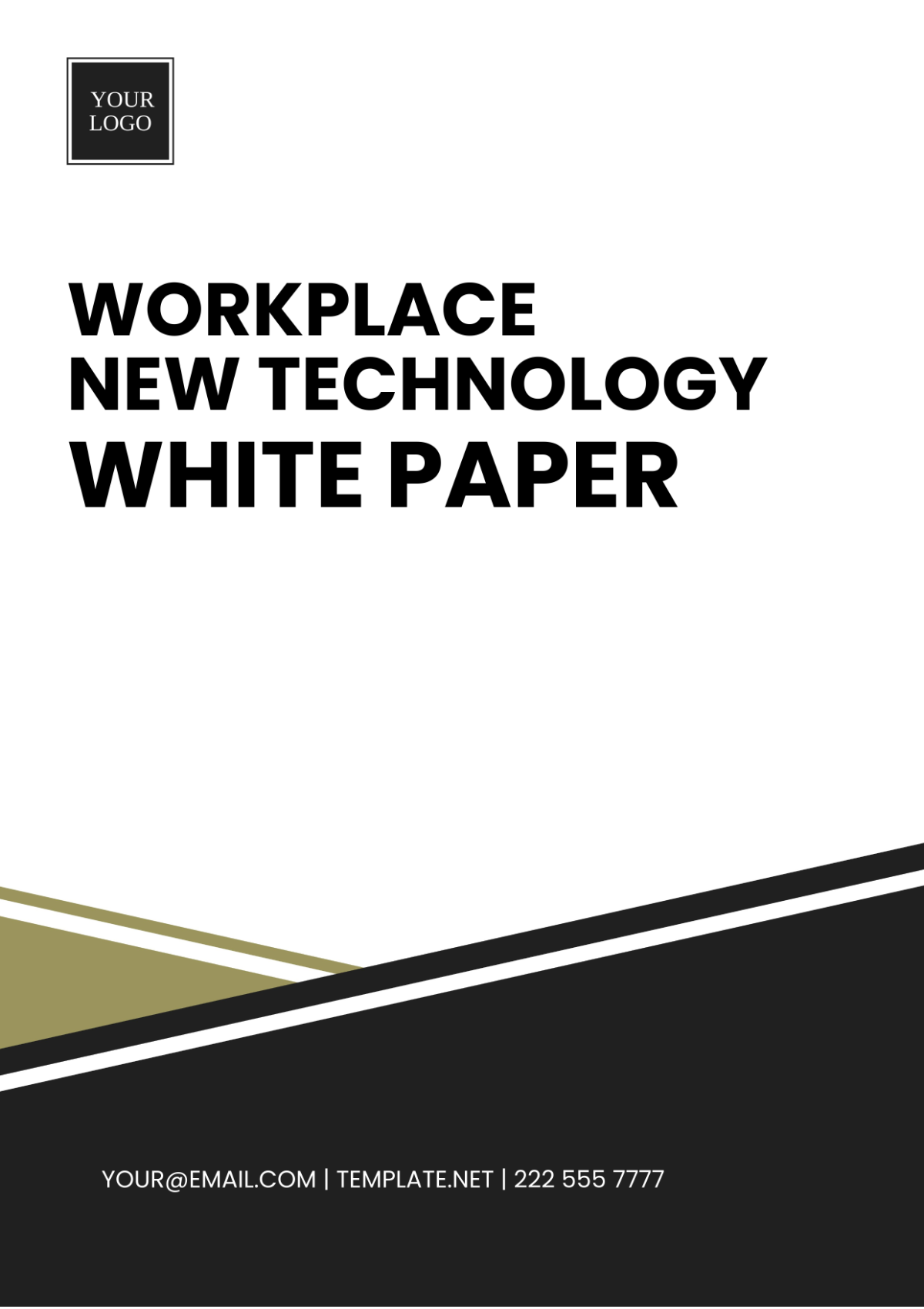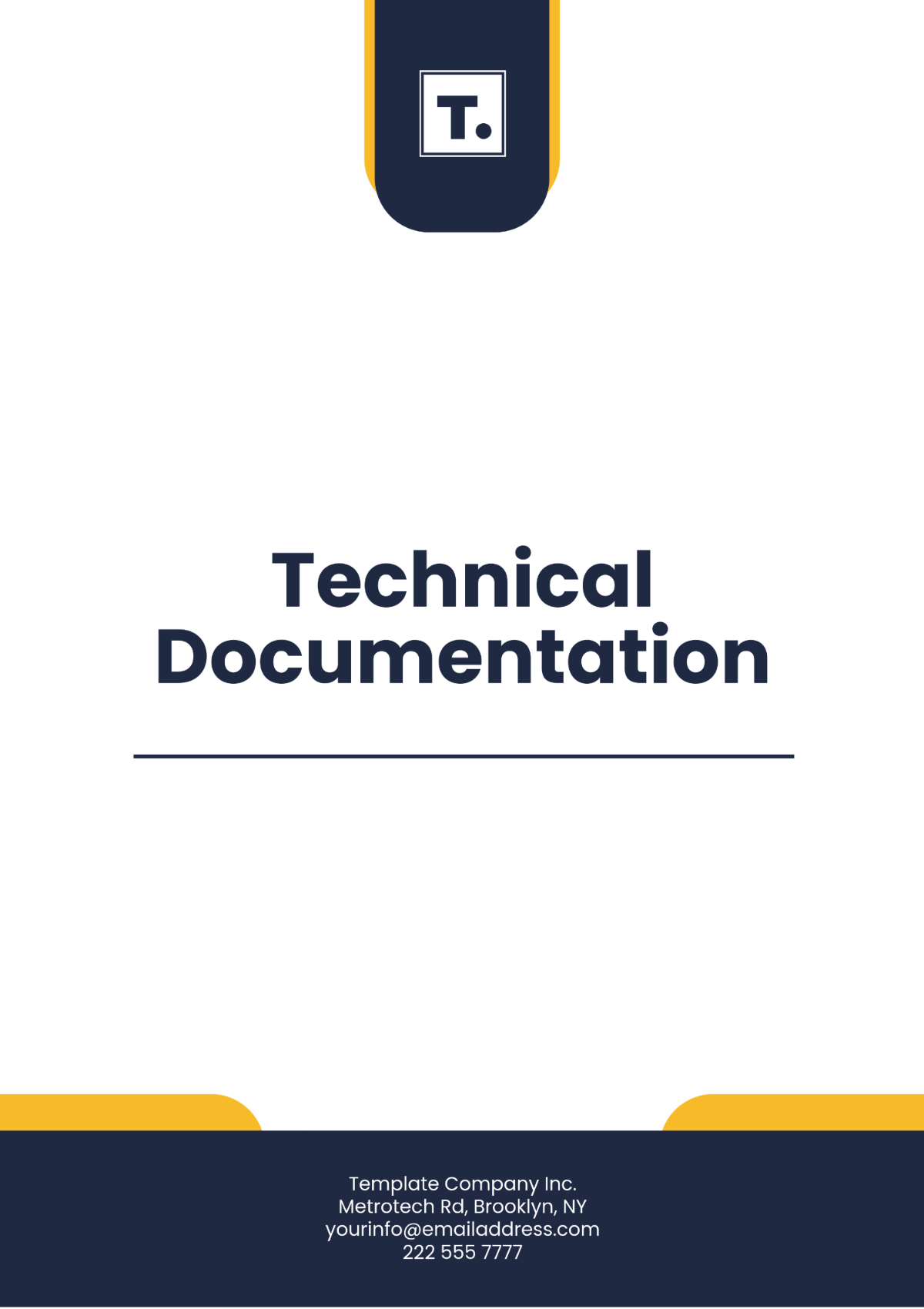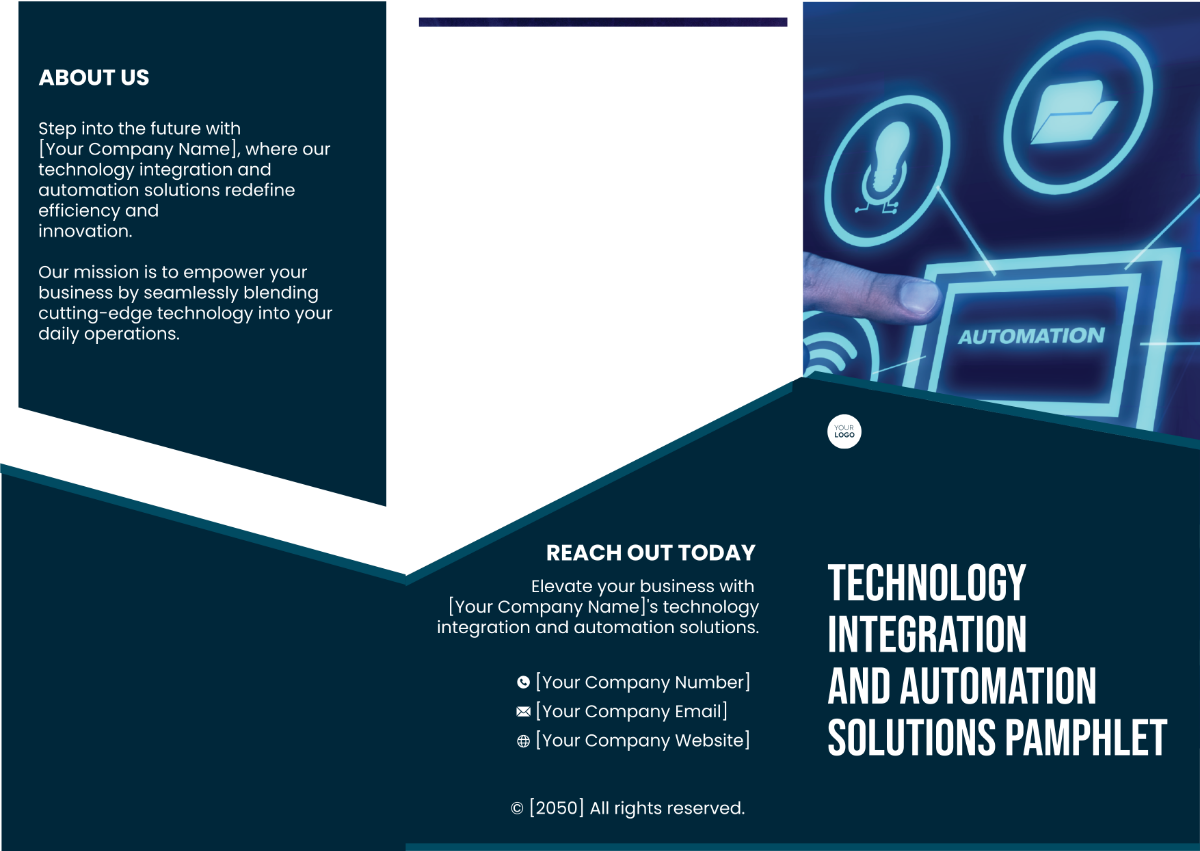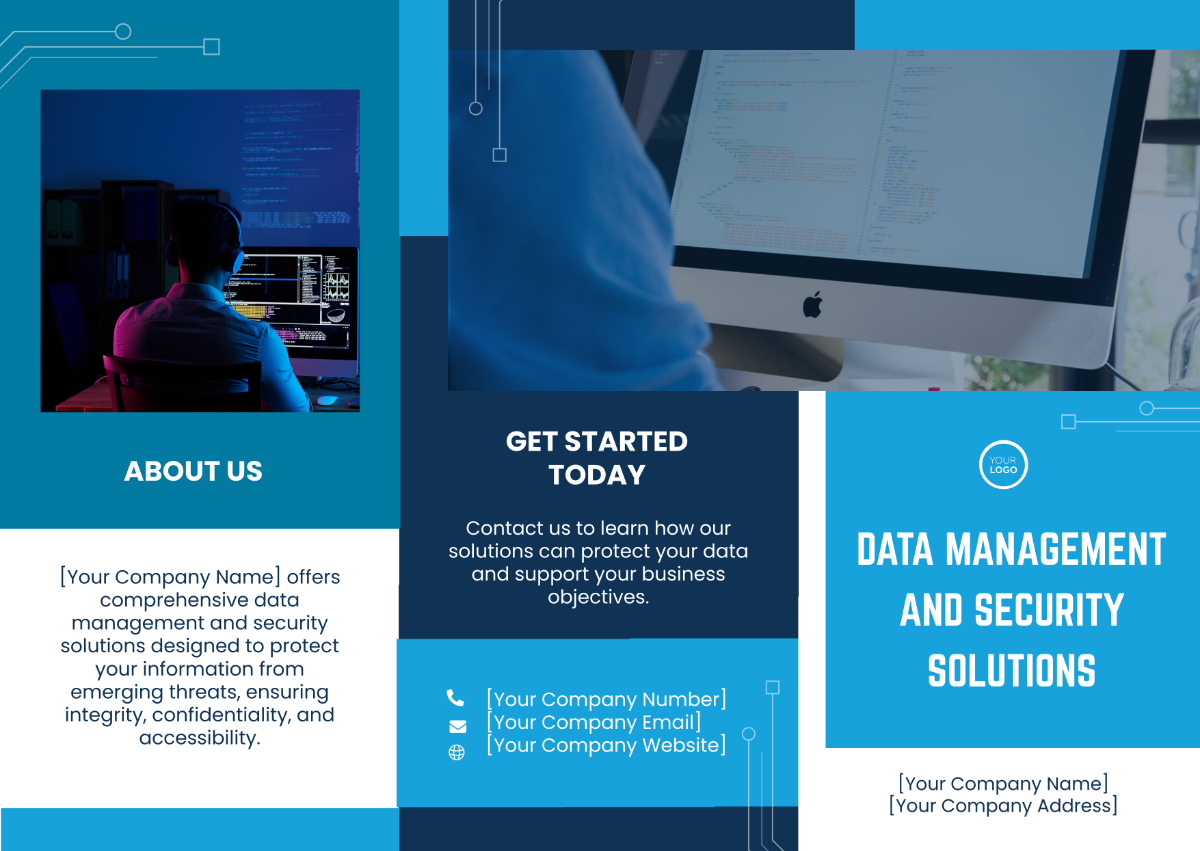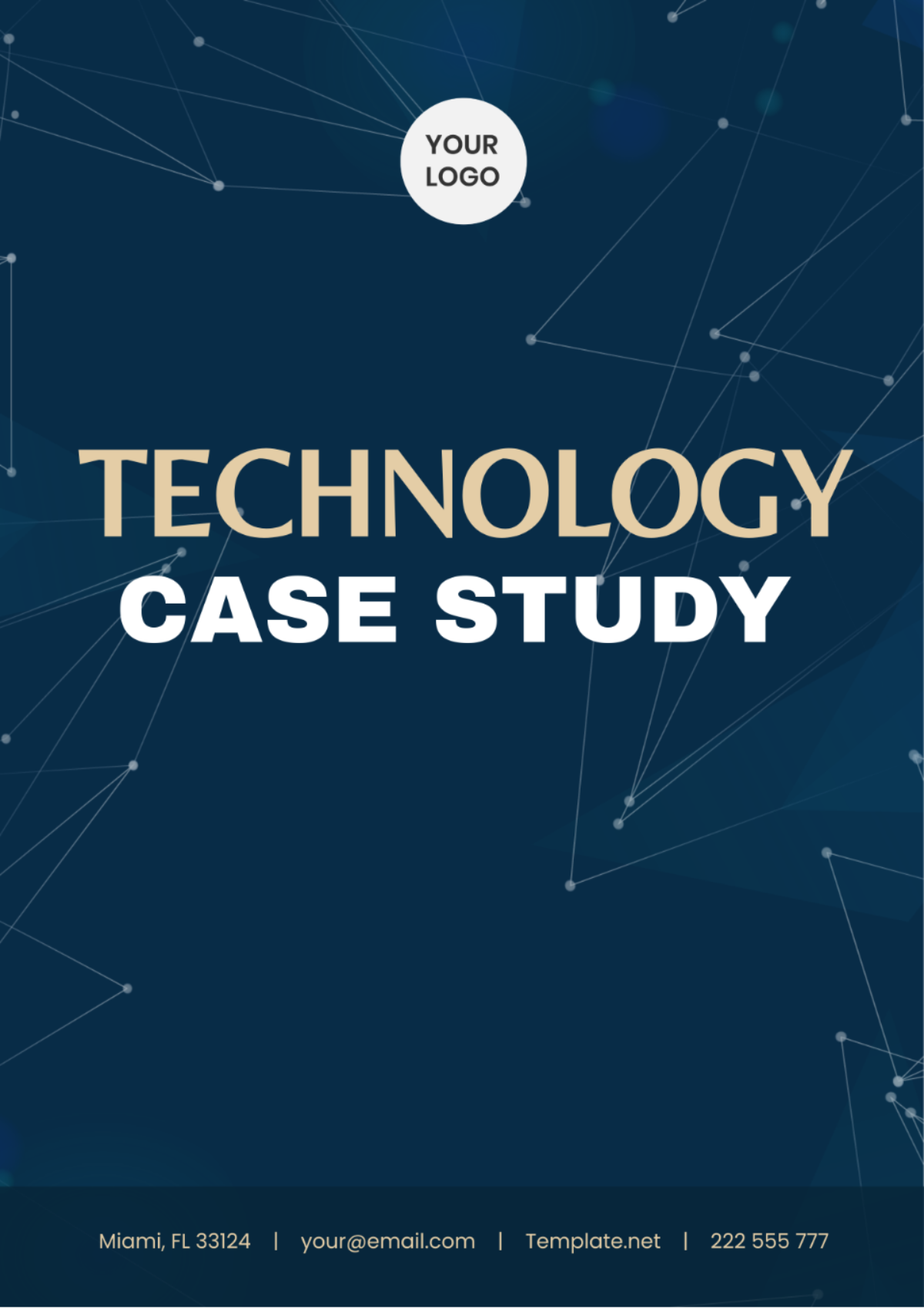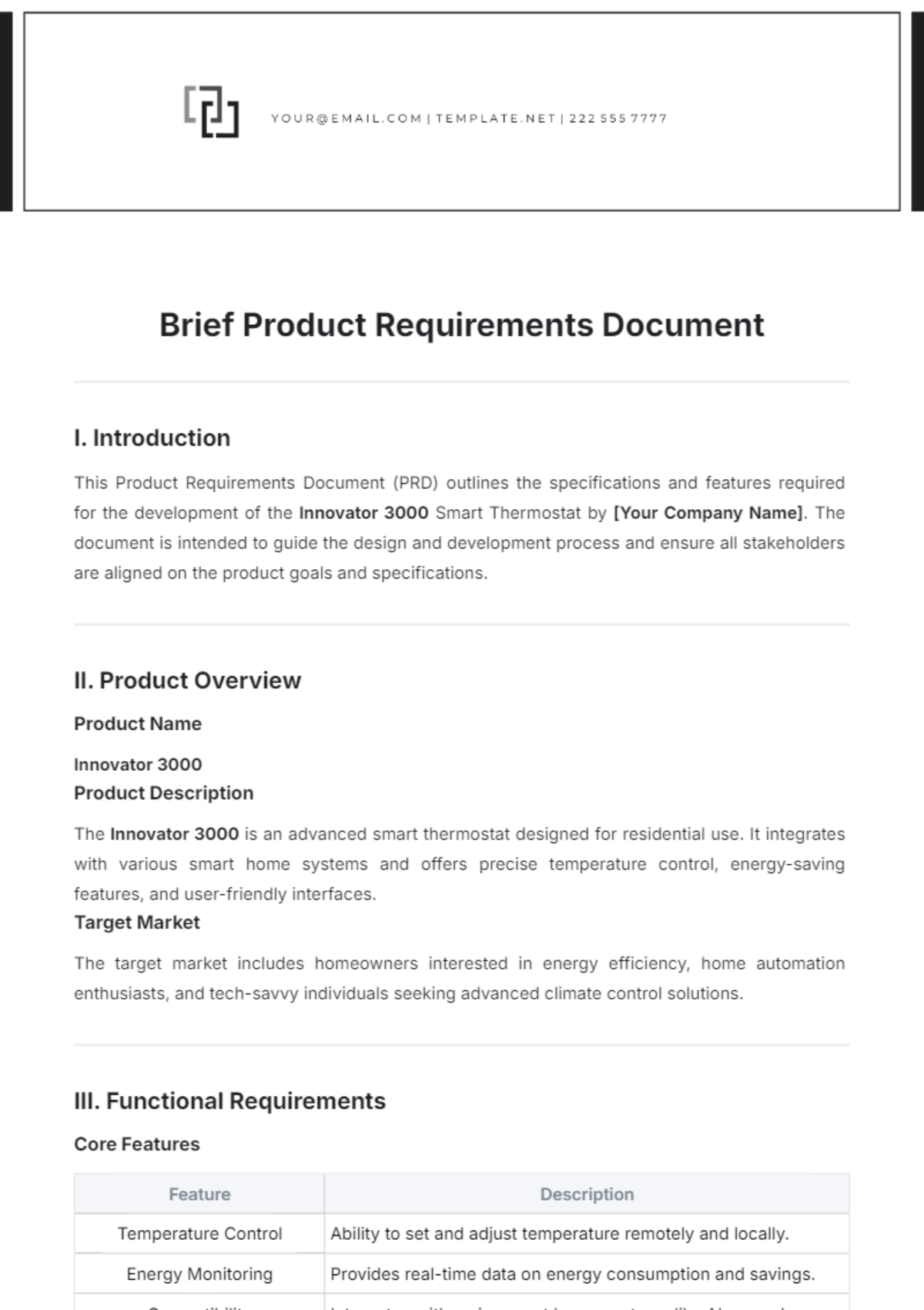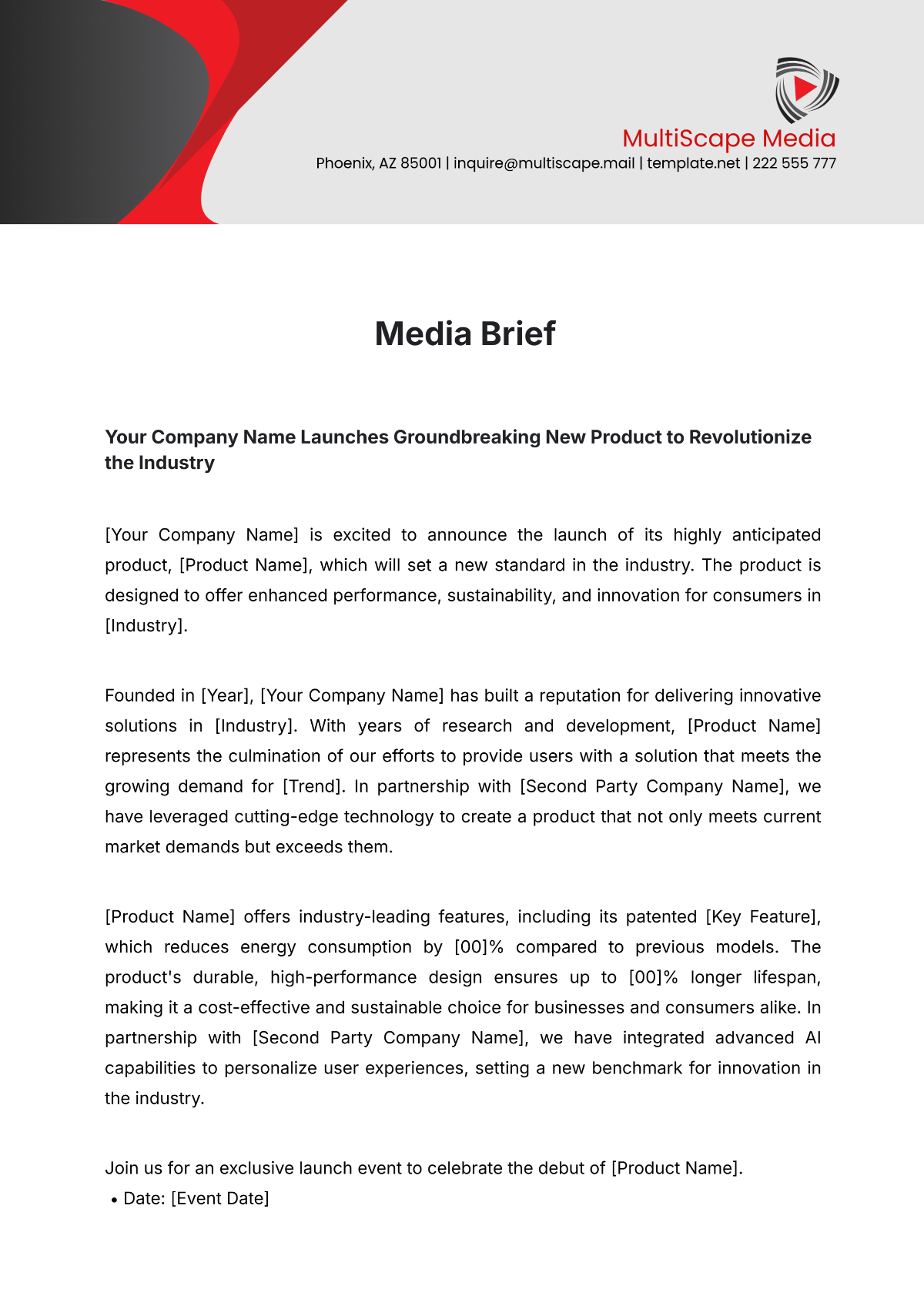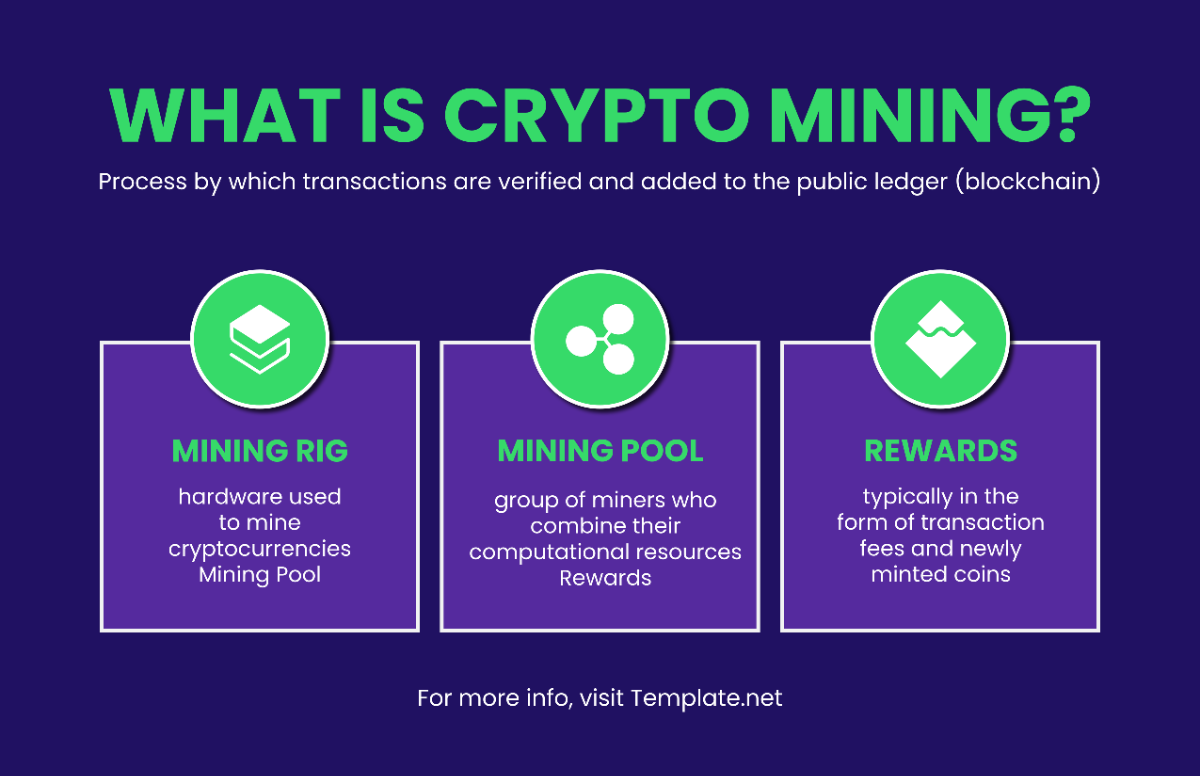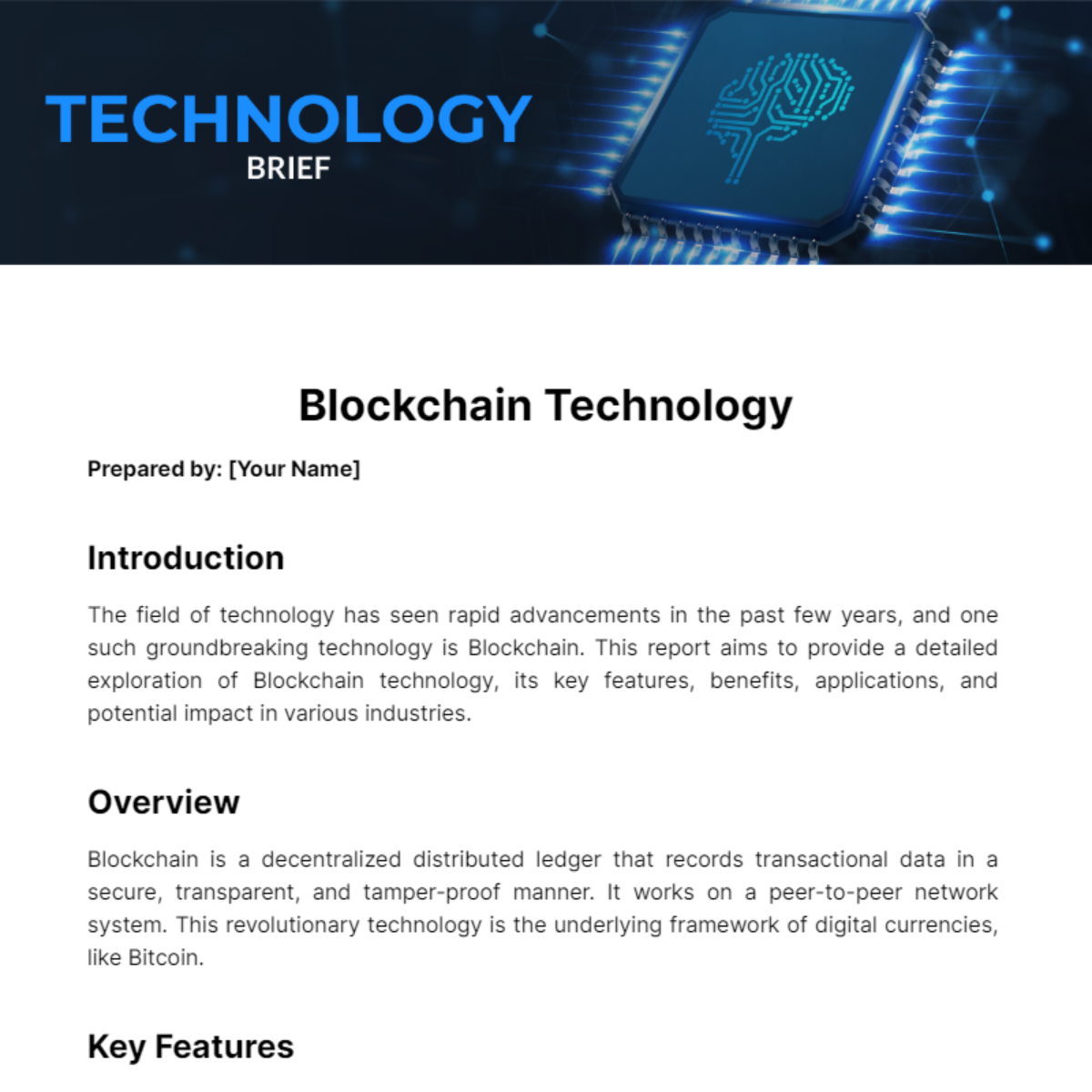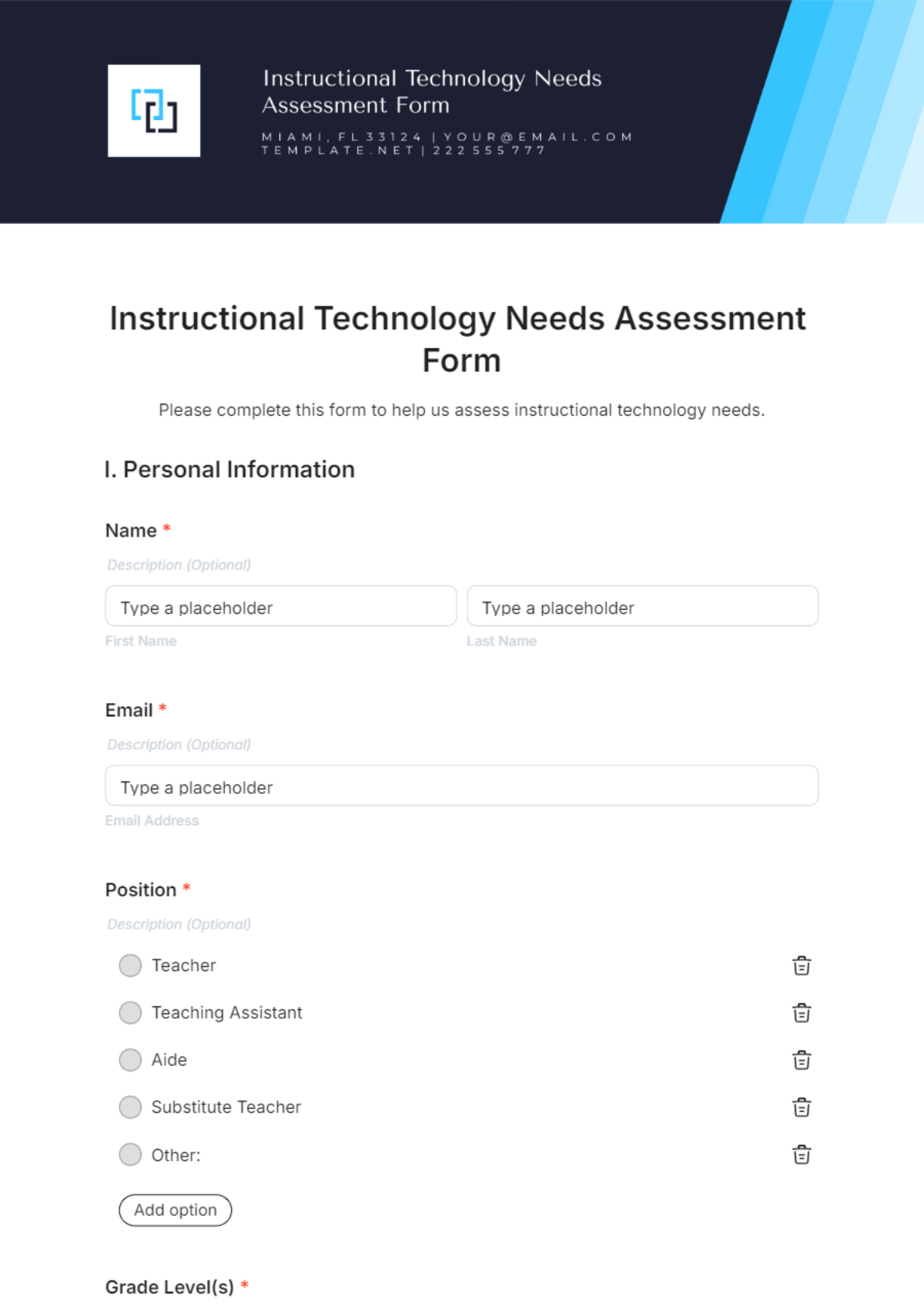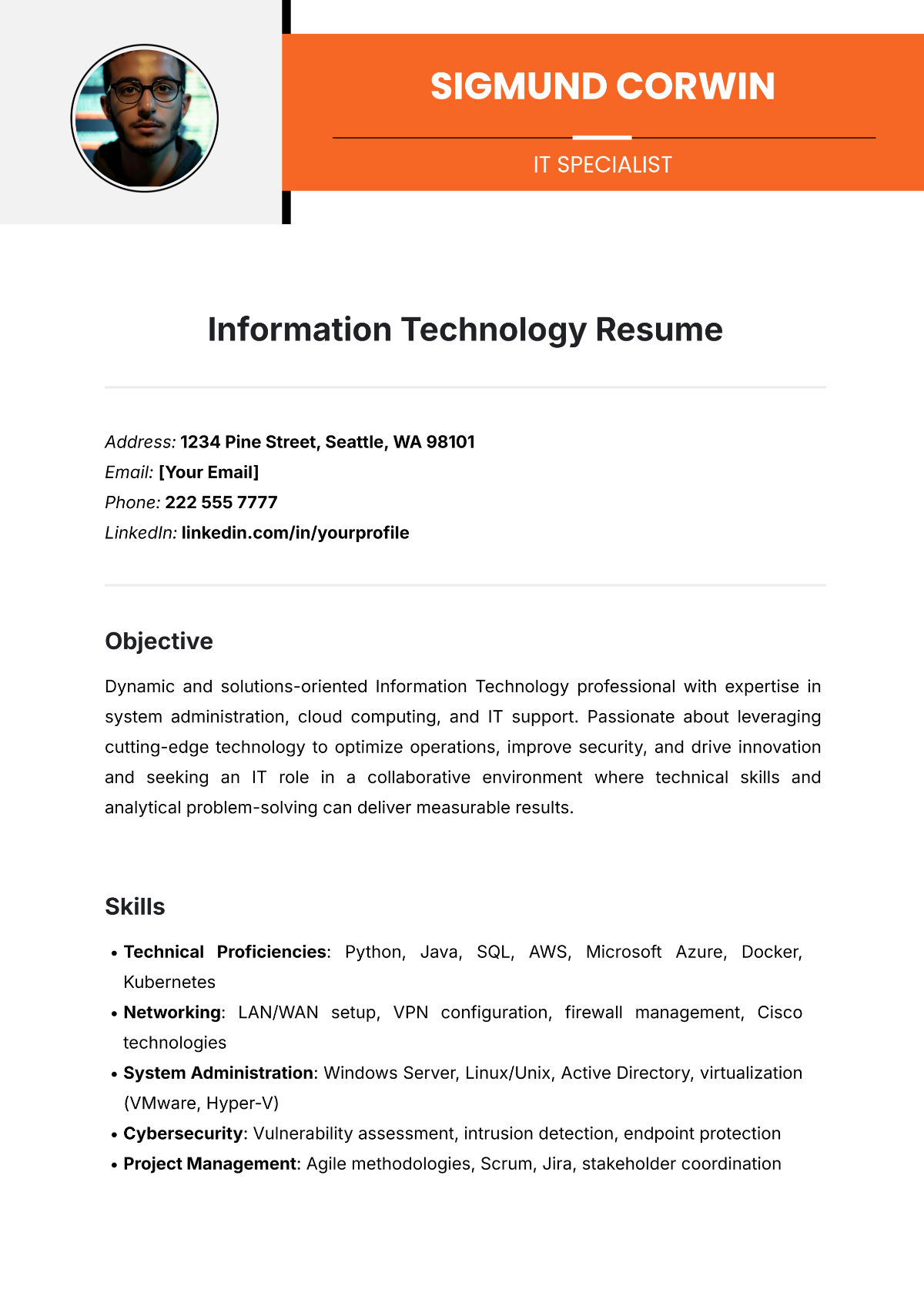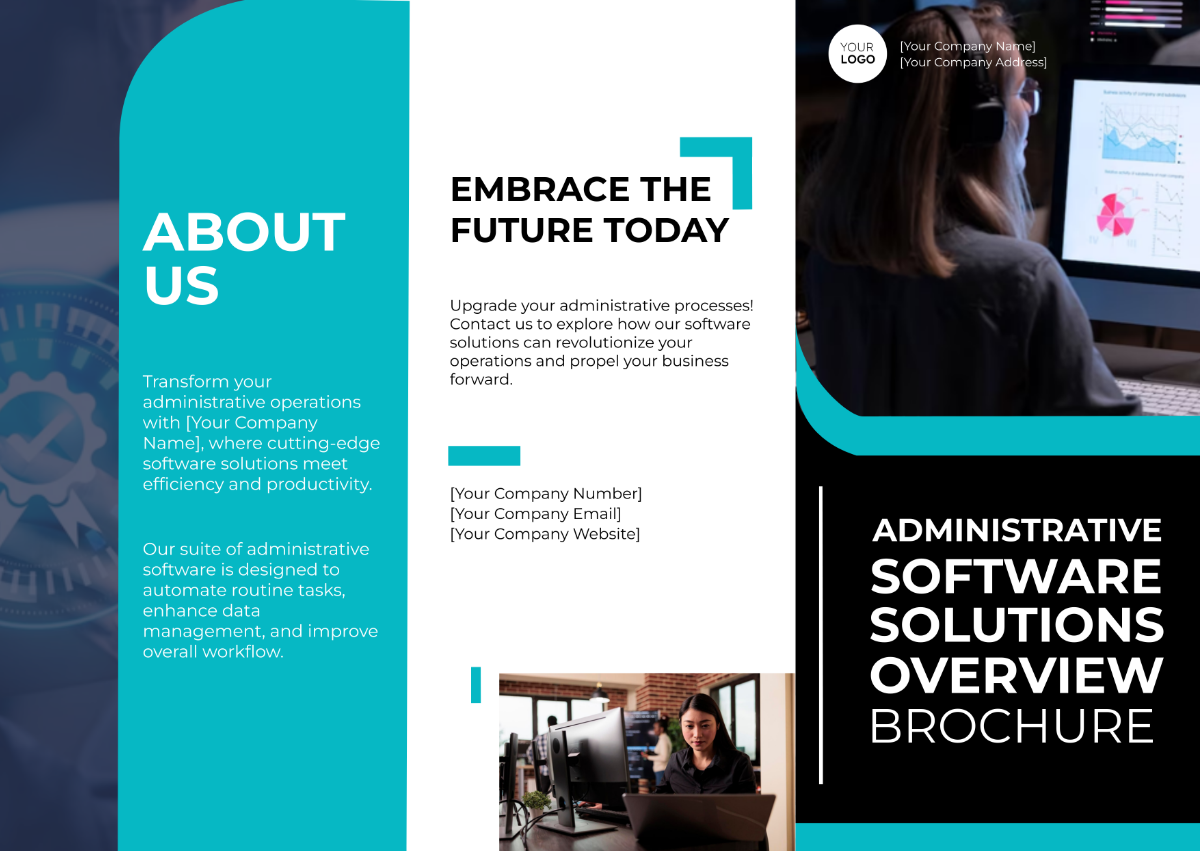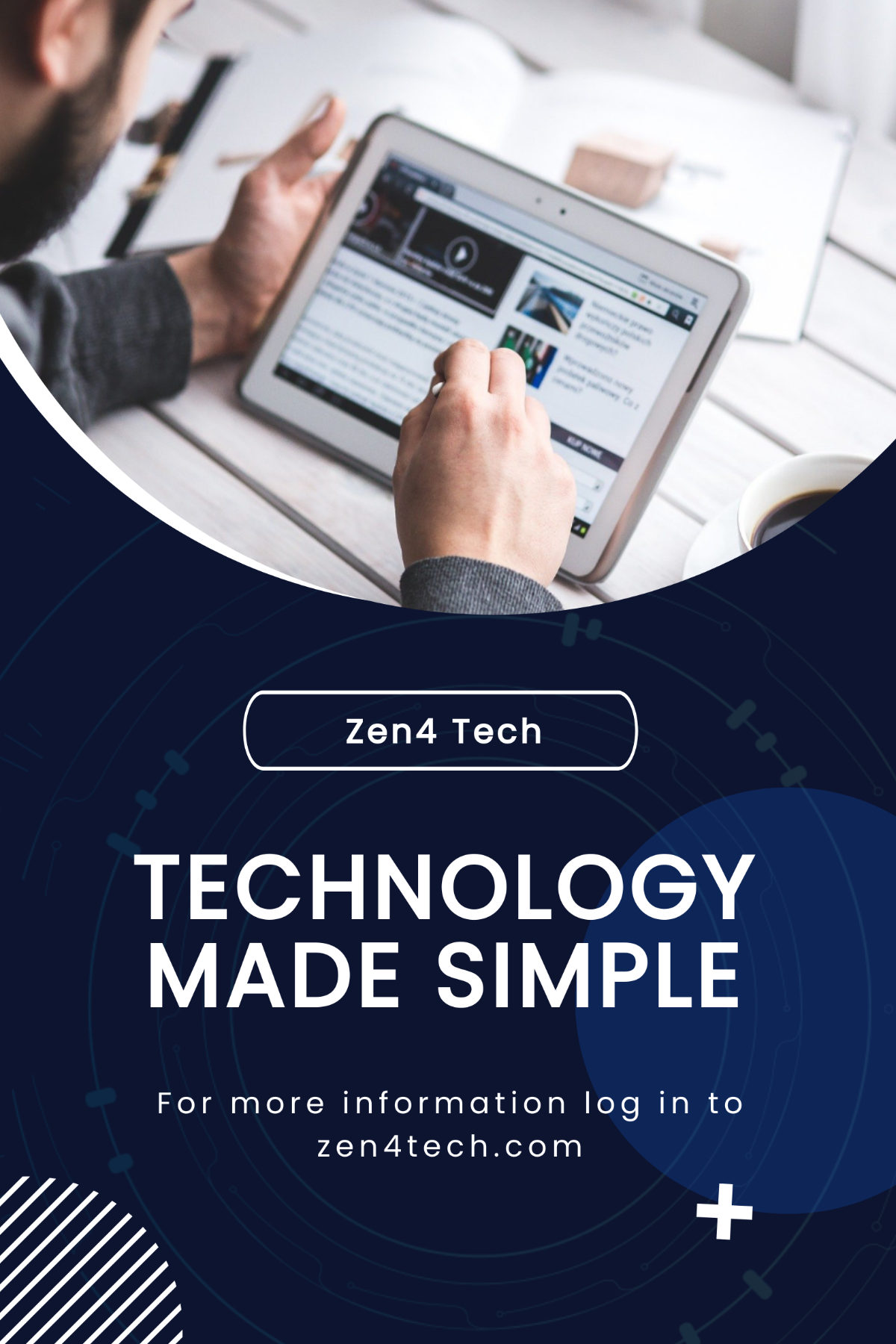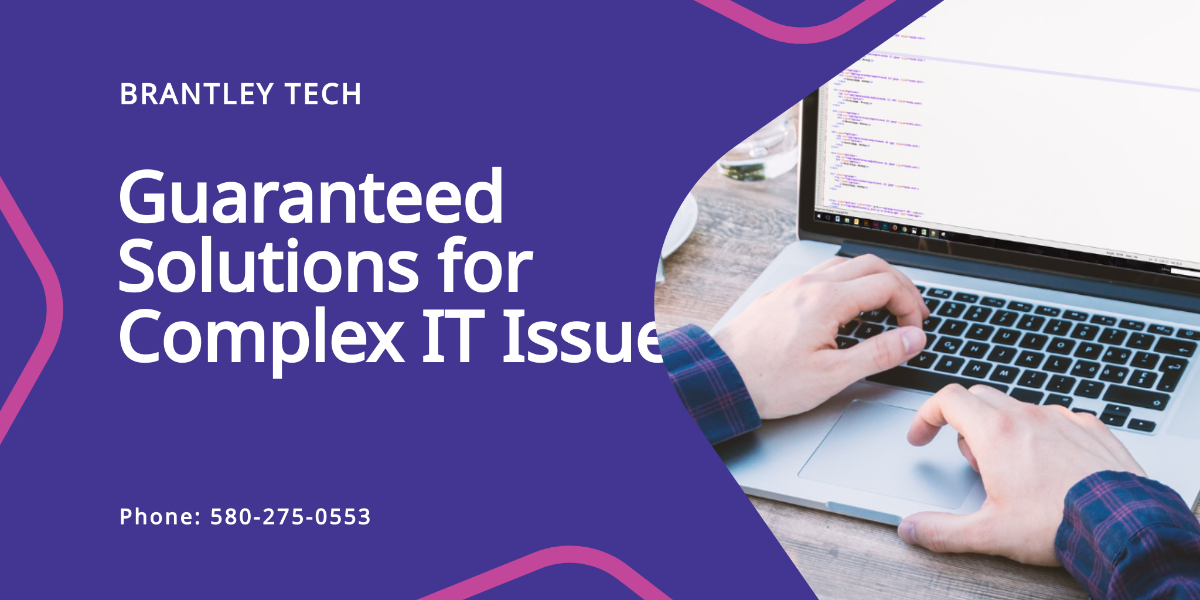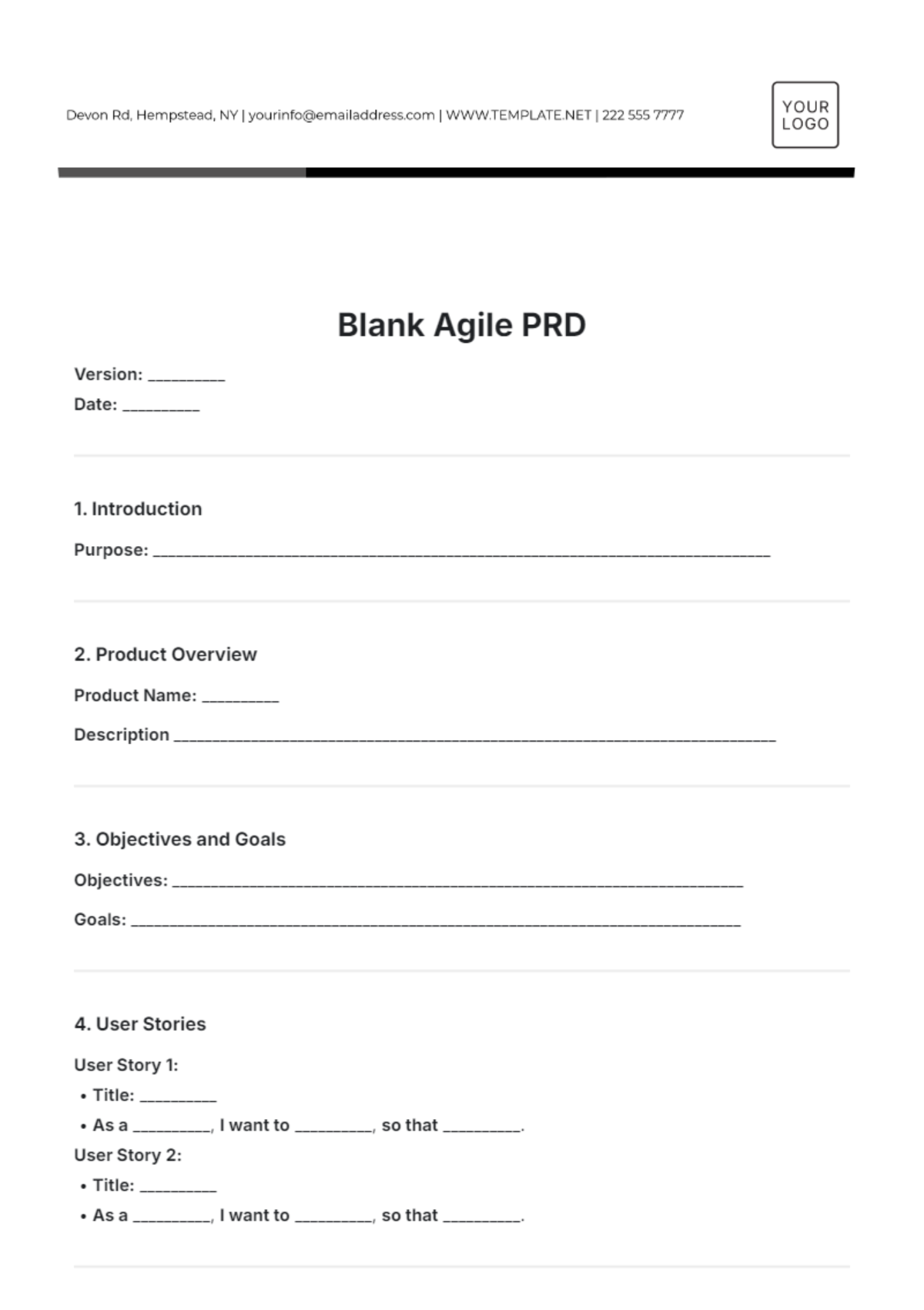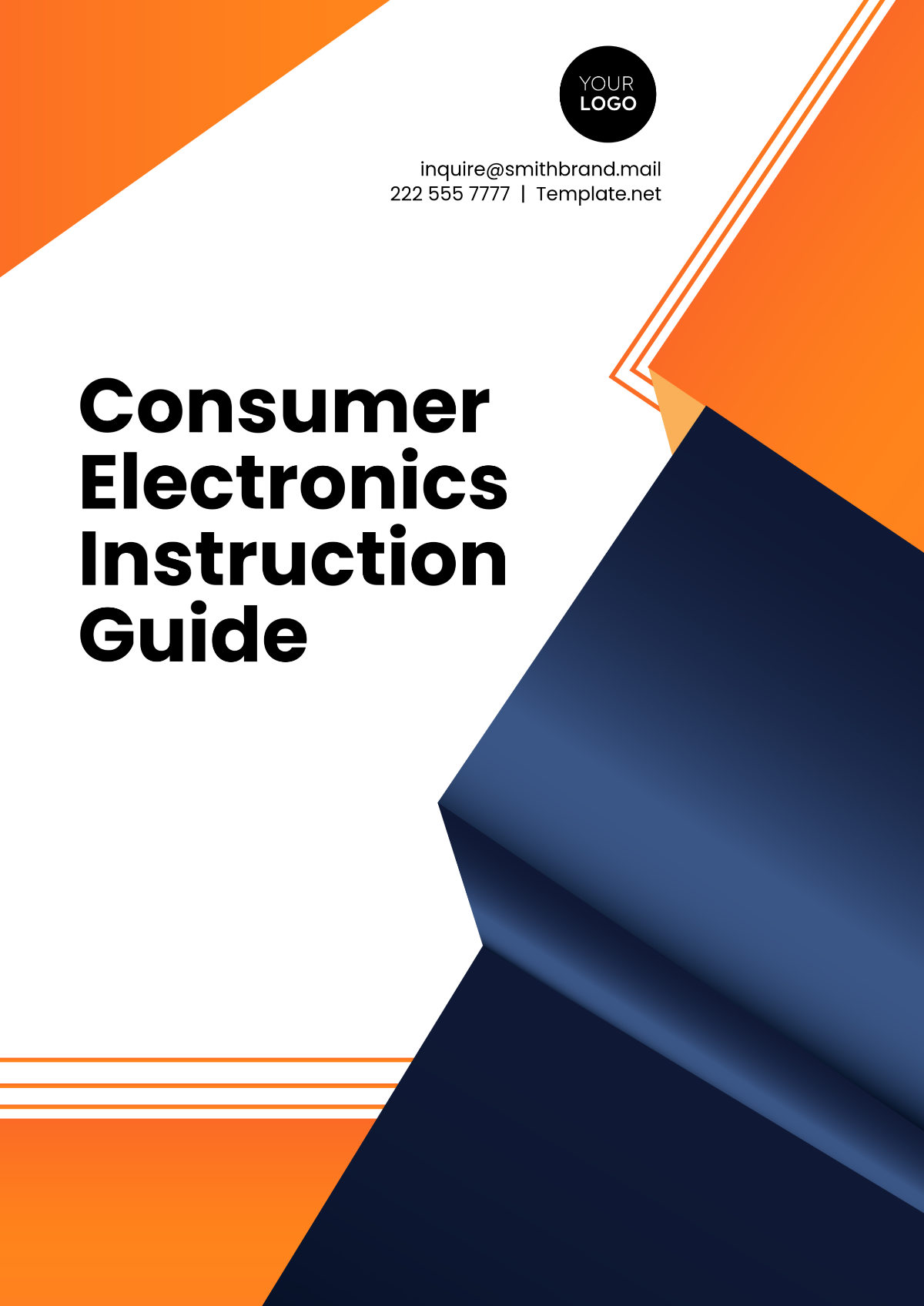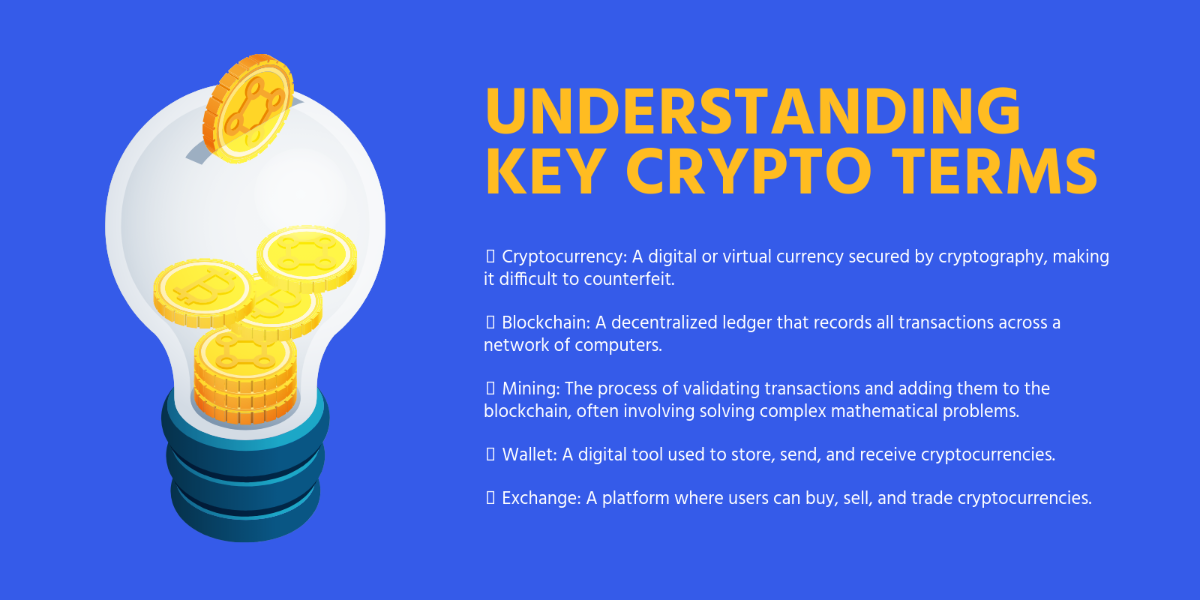I. Introduction
A. Purpose
The purpose of this guide is to provide comprehensive instructions on maintaining and achieving IT Security Architecture Compliance within [Your Company Name]. This guide will help ensure the consistent application of security controls and compliance with industry standards.
B. Scope
This guide applies to all employees, contractors, and third-party vendors who access, use, or manage [Your Company Name] IT resources.
C. Overview
Importance of IT Security Compliance: Ensuring the security of IT systems and data is critical to protect against threats and maintain business continuity.
Benefits of Adhering to Security Architecture Standards: Enhances trust, reduces risks, and ensures regulatory compliance.
Alignment with Organizational Goals: Supports the organization's mission by safeguarding its digital assets and maintaining stakeholder confidence.
II. Compliance Requirements
Compliance requirements outline the essential regulations and policies that [Your Company Name] must adhere to in order to maintain IT security. This section provides details on relevant regulatory standards, core security policies, and the roles and responsibilities crucial for ensuring compliance.
A. Regulatory Standards
To maintain compliance, [Your Company Name] adheres to the following regulatory standards:
GDPR: General Data Protection Regulation for protecting personal data within the EU.
HIPAA: Health Insurance Portability and Accountability Act for securing healthcare information.
ISO 27001: International standard for information security management systems.
NIST SP 800-53: National Institute of Standards and Technology guidelines for security and privacy controls.
B. Security Policies
[Your Company Name] has implemented essential security policies to ensure compliance:
Data Protection Policy: Outlines measures for safeguarding personal and sensitive data.
Access Control Policy: Defines protocols for granting and revoking access to IT resources.
Incident Response Policy: Details the procedures for responding to security incidents.
Network Security Policy: Specifies the controls for protecting the network infrastructure.
C. Roles and Responsibilities
Key roles and their responsibilities for IT security compliance include:
Chief Information Security Officer (CISO): Oversees the entire IT security program and ensures compliance with regulations.
IT Security Manager: Manages day-to-day security operations and incident response.
Compliance Officer: Ensures adherence to regulatory standards and internal policies.
System Administrators: Implement and maintain security controls on IT systems.
All Employees: Follow security policies and report any security incidents.
III. IT Security Architecture Framework
The IT security architecture framework provides a structured approach to managing and securing IT resources. This section covers the various security domains, controls, and risk management practices necessary for creating a secure IT environment.
A. Security Domains
The IT security architecture is divided into several domains:
Perimeter Security: Measures to protect the network boundary from external threats.
Network Security: Controls to secure internal network communication.
Endpoint Security: Protection for devices such as computers, smartphones, and tablets.
Application Security: Ensuring the security of software applications.
Data Security: Safeguarding data at rest and in transit.
B. Security Controls
To protect the IT environment, various security controls are implemented:
Preventive Controls: Measures to prevent security incidents, such as firewalls and encryption.
Detective Controls: Tools to detect and alert on security incidents, like intrusion detection systems.
Corrective Controls: Actions to correct and mitigate the impact of security incidents, including backups and disaster recovery plans.
C. Risk Management
1. Risk Assessment
Identification and Evaluation of Risks: Regular assessments to identify potential security risks and evaluate their impact.
Risk Mitigation Strategies: Developing strategies to reduce the likelihood and impact of identified risks.
2. Risk Monitoring
Continuous Monitoring Activities: Ongoing surveillance of IT systems to detect and respond to security threats.
Reporting and Review Process: Regular reporting on risk status and reviews to ensure effective risk management.
IV. Compliance Audits
Compliance audits are essential for verifying adherence to security standards and identifying areas for improvement. This section outlines the processes for internal and external audits, including the frequency, scope, and reporting of audit findings.
A. Internal Audits
Frequency: Quarterly
Scope:
Review security policies
Evaluate control effectiveness
Ensure compliance with regulatory standards
B. External Audits
Frequency: Annually
Scope:
Independent assessment by third-party auditors
Certification and accreditation processes
C. Audit Reporting
Preparation of Audit Reports: Document findings and recommendations from audits.
Distribution to Relevant Stakeholders: Share reports with management and key personnel.
Remediation of Identified Issues: Address and resolve any compliance gaps or vulnerabilities.
V. Training and Awareness
Effective training and awareness programs are critical for maintaining a secure IT environment. This section describes the various training initiatives and awareness campaigns designed to keep employees informed and vigilant about IT security practices.
A. Employee Training Programs
To ensure all staff are aware of their security responsibilities, [Your Company Name] offers:
Initial Training: Security training for new hires to familiarize them with company policies.
Annual Refresher Courses: Regular updates on security practices and emerging threats.
Specialized Training for IT Staff: In-depth training on technical aspects of IT security.
B. Compliance Awareness Campaigns
To maintain a high level of security awareness, the company conducts:
Monthly Newsletters: Updates on security trends and best practices.
Security Workshops and Webinars: Interactive sessions on specific security topics.
Posters and Digital Signage: Visual reminders of key security practices around the workplace.
VI. Incident Response and Management
An effective incident response and management plan is crucial for mitigating the impact of security breaches. This section outlines the procedures for incident response, reporting, and post-incident review to ensure a swift and effective reaction to security incidents.
A. Incident Response Plan
[Your Company Name] has a detailed plan to handle security incidents:
Incident Identification: Procedures to detect and identify security breaches.
Initial Response Steps: Immediate actions to contain and mitigate incidents.
Incident Classification and Escalation Process: Categorizing incidents and escalating them to the appropriate level of management.
B. Incident Reporting
Reporting Mechanisms for Employees: Channels for employees to report security incidents.
Mandatory Reporting Timelines: Specific timelines for reporting incidents to ensure timely response.
Incident Documentation Requirements: Detailed documentation of incidents for analysis and reporting.
C. Post-Incident Review
Root Cause Analysis: Investigating the underlying causes of incidents.
Lessons Learned and Feedback Integration: Applying lessons learned to improve security measures.
Update of Security Measures and Policies: Revising policies and controls based on incident reviews.
VII. Review and Update of the Guide
Regular review and updating of this guide are necessary to keep it relevant and effective. This section details the process for scheduled reviews, amendments, and communication of changes to all stakeholders.
A. Scheduled Reviews
Quarterly Reviews of the Guide: Regular reviews to ensure the guide remains current and effective.
Review Frequency: Quarterly
B. Amendments
Procedure for Making Updates: Steps for proposing and implementing changes to the guide.
Approval Process for Amendments: Approval from relevant stakeholders before changes are adopted.
Communication of Changes to All Stakeholders: Ensuring all employees are informed of updates to the guide.
VIII. Resources
Access to the right resources is essential for effective IT security management. This section provides contact information for key personnel and links to additional resources that support compliance efforts.
A. Contact Information
Chief Information Security Officer (CISO): [Name]
[Email]
IT Security Manager: [Name]
[Email]
Compliance Officer: [Name]
[Email]
B. Additional Resources
[Link to Internal Documentation]
[Link to Industry Best Practices]
[Link to Relevant Regulatory Bodies]
This IT Security Architecture Compliance Guide will help establish a secure and compliant environment within [Your Company Name], aligning with industry standards and best practices. For any questions or further information, please contact us at [Your Company Email].






